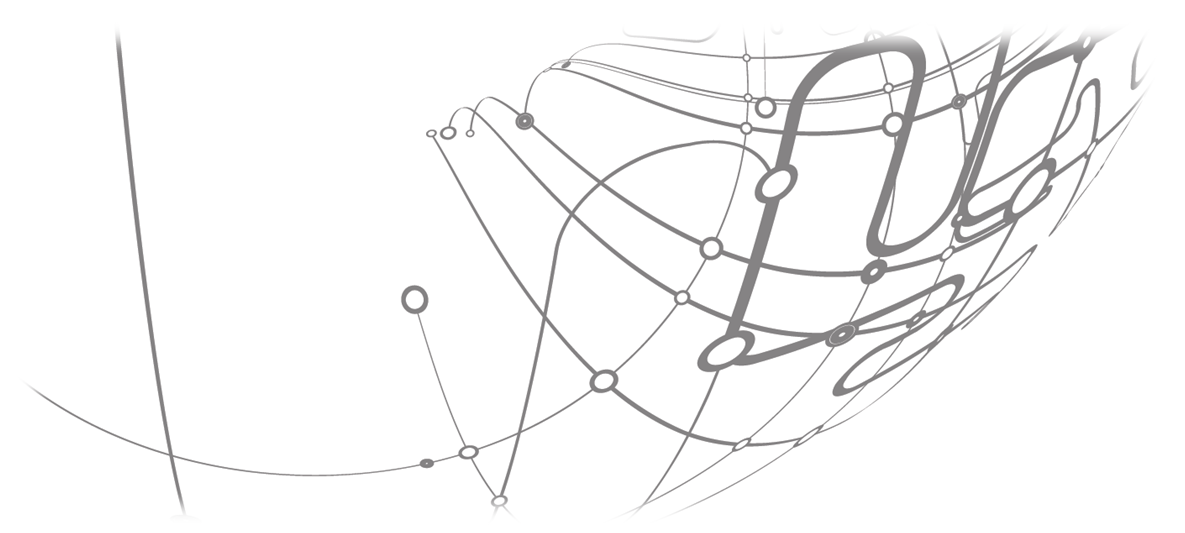Kalman Filter Improves Using GPGPU and Autovectorization for Online LHCb Triggers
Date published:
Tuesday, 1 September, 2015
Document type:
Summer student report
LHCb is a single arm forward spectrometer at the LHC collider, designed to do precision studies of beauty and charm decays, among others. The first step is the reconstruction of tracks in the vertex detectors with a Kalman Filter. Reducing this means freeing up resources to do a more sophisticated reconstruction in events with a displaced vertex, lending to a more efficient triggers. These challenges will become even more important for the LHCb upgrade.
Gaudi is an architecture and framework for event processing applications in the LHCb experiment at CERN. The Kalman filter routine is an important section in the code that can use around the 10% of the calculation time in some cases. It is extensively used in many other applications. This project is an initial study for some proposed optimizations and modification to improve the performance behaviour of the Kalman filter routine in a Gaudi function using autovectorization and general purpose GPU programming using OpenCL and CUDA®
Report on ZENODO:


